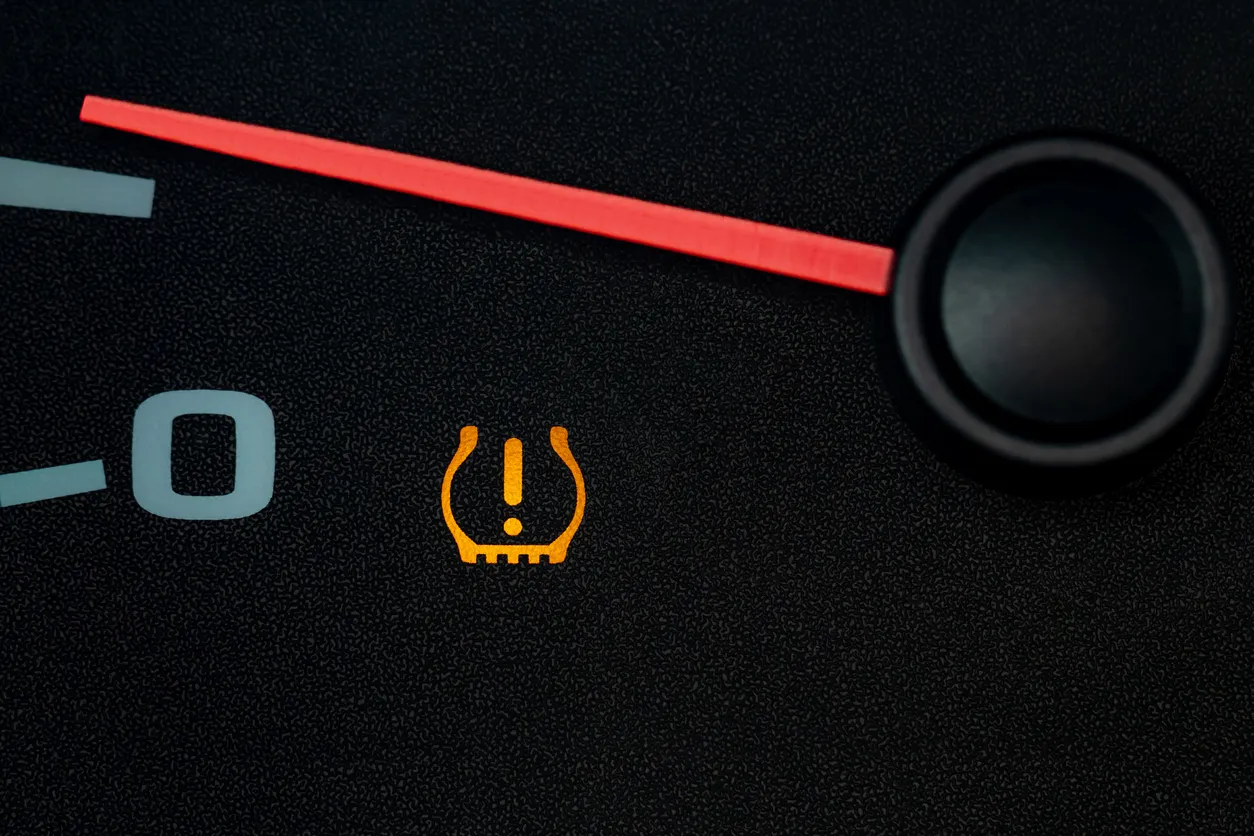Tire Pressure Monitoring Systems (TPMS) are crucial for modern vehicles, offering drivers an effective way to monitor tire pressure and ensure optimal safety on the road. Understanding how TPMS works can help you appreciate its benefits and maintain your vehicle better. Here’s an overview of TPMS, its functionality, and its importance.
What is TPMS?
TPMS is a safety feature designed to monitor the air pressure inside your vehicle’s tires. It provides real-time information to the driver, alerting them when tire pressure falls below recommended levels. This system helps prevent tire-related accidents and enhances overall vehicle performance.
How TPMS Works
TPMS operates using sensors located in each tire, which continuously measure tire pressure. There are two main types of TPMS: Direct and Indirect.
- Direct TPMS
- Sensors: Each tire is equipped with a pressure sensor that directly measures the air pressure.
- Data Transmission: These sensors transmit data to the vehicle’s onboard computer, which monitors tire pressure in real time.
- Alerts: If the pressure drops below a certain threshold, the system triggers a warning light on the dashboard, alerting the driver to check the tires.
- Indirect TPMS
- ABS Integration: Indirect TPMS does not use pressure sensors. Instead, it relies on the vehicle’s Anti-lock Braking System (ABS) to monitor tire rotation speed.
- Detection: If a tire is under-inflated, it will rotate faster than properly inflated tires. The system detects this discrepancy and alerts the driver.
- Limitations: While this method is cost-effective, it may not provide precise pressure readings like direct TPMS.
Benefits of TPMS
- Improved Safety
- Maintaining proper tire pressure reduces the risk of blowouts and improves vehicle handling. TPMS alerts you to under-inflation, helping prevent accidents.
- Enhanced Fuel Efficiency
- Properly inflated tires reduce rolling resistance, which can improve fuel economy. With TPMS, you can ensure your tires are always at optimal pressure, saving you money at the pump.
- Extended Tire Life
- Monitoring tire pressure can prevent uneven tire wear, leading to longer-lasting tires. This can save you money on replacements and ensure better performance.
- Convenience
- TPMS eliminates the need for manual tire pressure checks. You receive instant alerts, making it easier to maintain your tires without additional hassle.
- Environmental Impact
- Proper tire maintenance contributes to lower CO2 emissions by improving fuel efficiency. A well-functioning TPMS supports environmentally friendly driving habits.
Conclusion
Tire Pressure Monitoring Systems are an essential feature for modern vehicles, providing real-time monitoring and enhancing safety, fuel efficiency, and tire longevity. By understanding how TPMS works and its benefits, you can make informed decisions about tire maintenance and ensure a safer driving experience. If your vehicle isn’t equipped with TPMS, consider having it installed or regularly checking your tire pressure manually to enjoy the benefits of well-maintained tires. Stay safe on the road!

